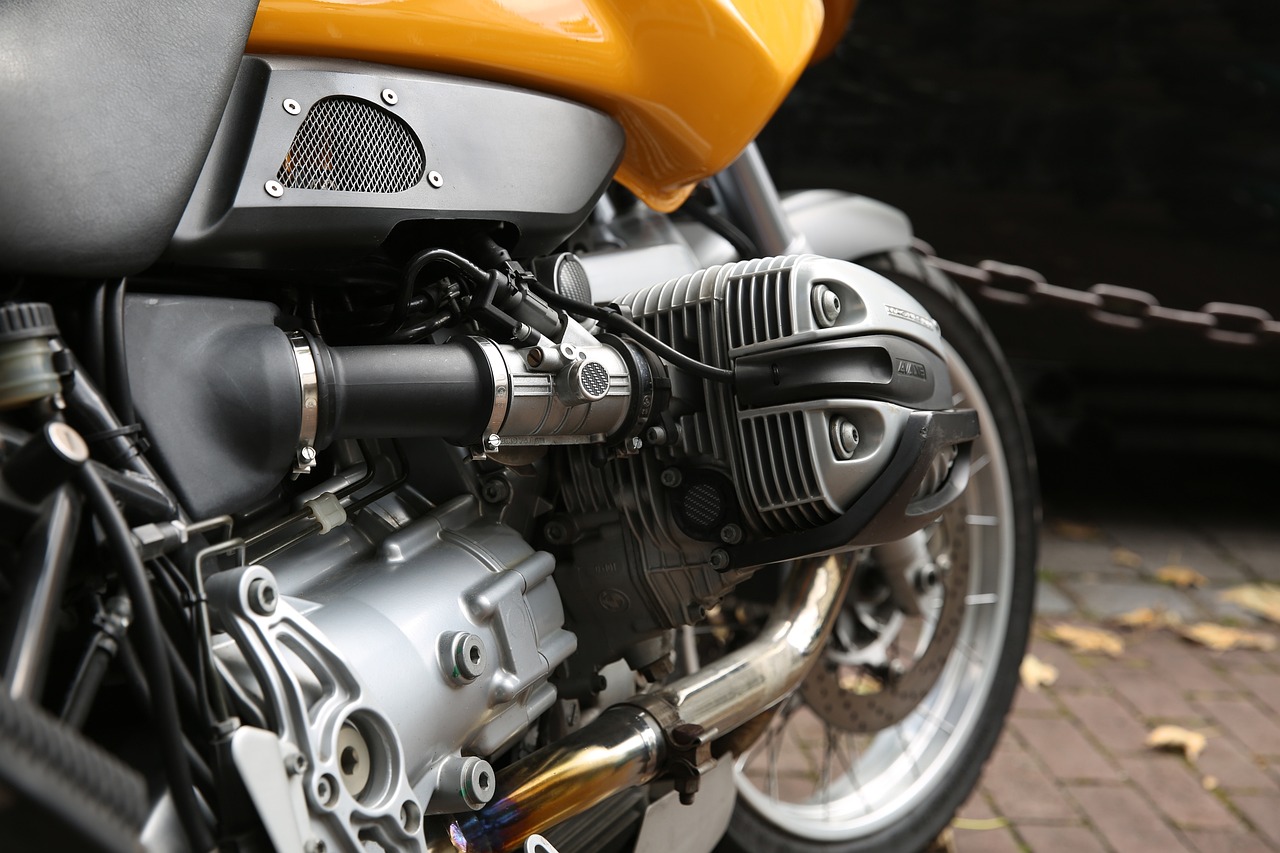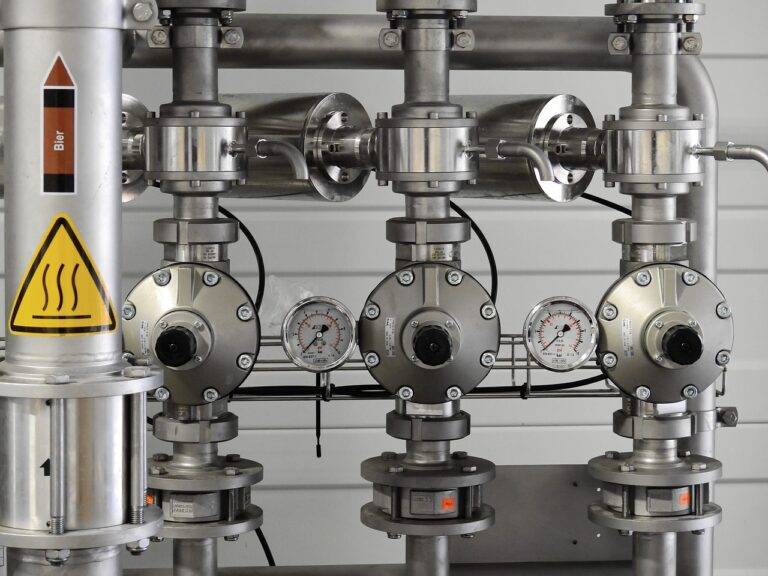The Impact of 3D Printing on Manufacturing and Design
A primary factor fueling the adoption of 3D printing in manufacturing and design is the ability to produce complex geometries with precision. Traditional manufacturing methods often struggle with intricate designs, whereas 3D printing allows for the creation of intricate shapes and structures that would be challenging or impossible to achieve using conventional techniques. This capability opens up new possibilities for product innovation and customization, driving companies to embrace this technology.
Additionally, the cost-effectiveness of 3D printing has been a significant driver behind its increasing use in manufacturing and design. With traditional manufacturing processes requiring expensive tooling and set-up costs, 3D printing offers a more economical alternative for producing prototypes and small-batch production runs. This cost-efficiency not only reduces the financial barriers to entry but also enables quicker iterative design processes, as changes can be easily implemented without incurring substantial additional expenses.
Advantages of Using 3D Printing in Prototyping and Production Processes
3D printing offers numerous advantages in prototyping and production processes. Firstly, the technology allows for rapid prototyping, enabling designers and manufacturers to quickly test and iterate their designs without the need for extensive tooling or setup. This accelerated development cycle can significantly reduce time-to-market and provide a competitive edge in fast-paced industries.
Moreover, 3D printing offers unparalleled design freedom, allowing complex geometries and intricate structures to be produced with ease. Traditional manufacturing methods often pose limitations on design possibilities due to constraints in tooling and machining processes. With 3D printing, designers have the flexibility to create customized, one-of-a-kind parts that may not be feasible or cost-effective to produce using conventional methods.
What are some key factors driving the adoption of 3D printing in manufacturing and design?
Some key factors driving the adoption of 3D printing in manufacturing and design include cost-effectiveness, flexibility in design iterations, faster production times, and the ability to create complex geometries.
What are the advantages of using 3D printing in prototyping processes?
The advantages of using 3D printing in prototyping processes include rapid prototyping, cost savings compared to traditional prototyping methods, the ability to easily iterate on designs, and the ability to create prototypes with complex geometries.
How can 3D printing benefit production processes?
3D printing can benefit production processes by allowing for on-demand production, reducing the need for tooling, enabling customization and personalization, and reducing waste in the manufacturing process.
Is 3D printing suitable for mass production?
While 3D printing is not always suitable for mass production due to limitations in production speed and cost, advancements in technology are making it more viable for certain applications and industries.
What are some challenges associated with using 3D printing in manufacturing?
Some challenges associated with using 3D printing in manufacturing include limitations in material options, production speed compared to traditional manufacturing methods, and the need for skilled operators to properly set up and operate 3D printers.





